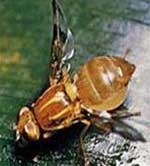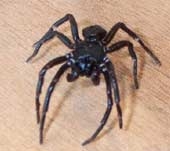Choose one of two superpowers: the ability to fly or the ability to become invisible. What will you choose? If your answer is invisibility, well, scientists have not yet figured out how to make you completely invisible in the literal sense. But similar to stealth aircraft that can evade radar, they can help you become invisible to mosquitoes.
A “free trial” sounds pretty good, right? Imagine being able to sit in your garden without wearing long pants, comfortably sleep without a mosquito net, and never worry about dengue fever, Zika, or other mosquito-borne diseases.
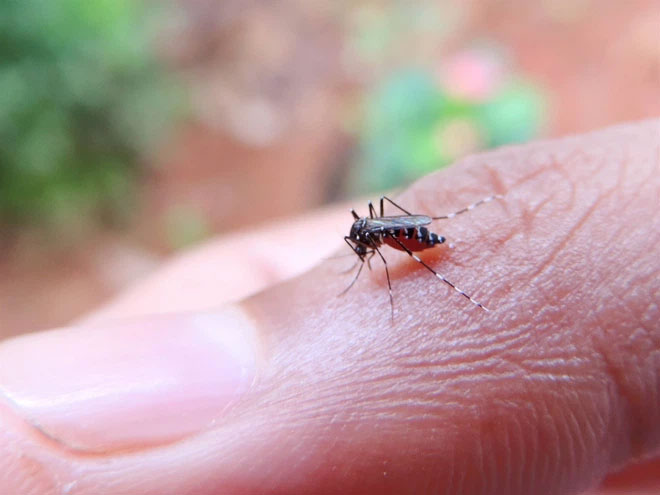
Gene editing tools help create mosquitoes that cannot detect hosts.
In a recent study published in the journal Current Biology, scientists reported that they can use CRISPR-Cas9 gene editing tools to create Aedes aegypti mosquitoes that are incapable of detecting hosts.
By removing two of the light-sensing receptors in these mosquitoes, they will no longer be able to see humans. “That is something no one has ever accomplished before,” said Dr. Neha Thakre from the University of California.
This work is a fantastic starting point for understanding mosquito vision, especially for the Aedes aegypti species that specifically bites humans during the day.
Understanding How Aedes Mosquitoes Hunt
While most mosquito species like Anopheles, which transmit malaria, prefer to hunt at night, the Aedes aegypti mosquito prefers to hunt during the day, especially at dawn and dusk.
This mosquito species poses a real threat to humans as they can transmit many dangerous diseases, from dengue fever and yellow fever to the Zika pandemic. Female Aedes mosquitoes feed on human blood to survive and lay eggs.
They rely on several hunting skills to locate us, such as sensing CO2 levels in our breath, detecting temperature, humidity, and specific organic compounds on human skin.
However, all of this only allows Aedes mosquitoes to know the general area where you are; to accurately target where you are and where they should land to feed, Aedes mosquitoes will use their eyes.
Specifically, “Aedes mosquitoes will fly to the nearest dark spot,” the study authors, including Craig Montell, Yinpeng Zhan, and Santa Barbara from the University of California, stated. This could be your belly, the spaces between your toes, or under your arms—areas of your body where light does not reach.
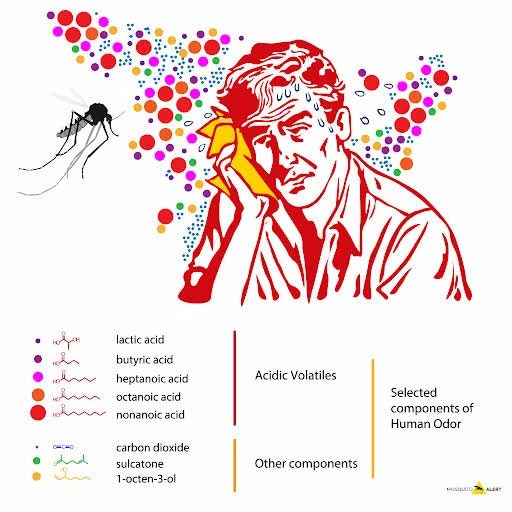
Aedes mosquitoes rely on several hunting skills to find us.
Since 1937, scientists have observed a phenomenon that Aedes aegypti mosquitoes prefer to bite people wearing dark clothing. In mosquito research models called wind tunnels, scientists also found that mosquitoes preferred to fly towards black spots on a white background rather than white spots on a black background.
However, the mechanism by which Aedes mosquitoes visually target their prey has not yet been identified. To investigate this, scientists at the University of California aimed to eliminate the light-sensing receptors in the eyes of Aedes mosquitoes.
They used the CRISPR-Cas9 gene editing tool to inject gene mutations into thousands of mosquito eggs, causing the mosquitoes that hatch from them to lack the proteins known as Op1 and Op2 rhodopsin in their eyes.
Then, 10 female mosquitoes from each group were taken and placed in cages containing black and white circular spots. Scientists stood at one end of the cage, exhaled CO2, and observed which spots the mosquitoes chose.
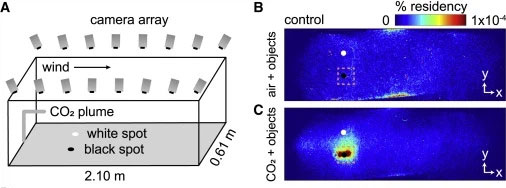
They reported that when the Op1 gene was turned off, the vision of the mosquitoes did not change compared to normal Aedes mosquitoes. The mosquitoes still chose the black spot to fly towards. When the Op2 gene was turned off, their ability to target was impaired.
When both Op1 and Op2 genes were turned off, the mosquitoes could not identify the black circle as the target they wanted to aim for. The gene-edited mosquitoes simply flew around without being able to choose between the white or black spots. This indicates that their ability to sense hosts by dark colors has been lost, scientists said.
These mosquitoes are not completely blind; they just can’t see us anymore
But are these mosquitoes completely blind, or are they just unable to see humans as targets? Dr. Montell and Dr. Zhan conducted a series of tests to determine how the gene-edited mosquitoes reacted to light.
First, they tested whether the mosquitoes would fly towards the light. Next, they connected electrodes to the eyes of two gene-edited mosquitoes to measure whether the voltage in their eyes changed under different lighting conditions.
Finally, the scientists herded the mutated mosquitoes into rotating cylindrical cages with black and white stripes to see if they would move in the direction of the moving stripes.
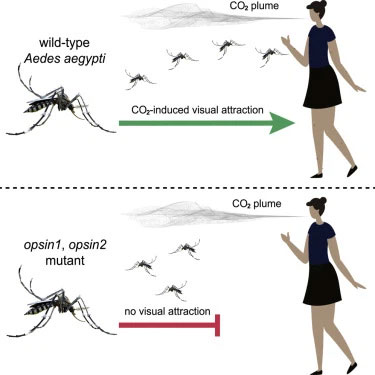
The results showed that the mosquitoes passed all three tests, although their vision was weaker in the first two tests. This indicates that the mosquitoes are not completely blind, Dr. Zhan stated.
The next step is to find a way to introduce these mosquitoes into the wild, allowing them to mate with male mosquitoes and create populations of mosquitoes that are blind to humans as targets. Previously, scientists had also released hundreds of millions of sterile mosquitoes into the environment to eradicate Aedes populations in certain areas.
Aedes aegypti, also known as the Asian tiger mosquito, is one of the most dangerous disease-carrying insects on the planet. It can transmit Zika, dengue fever, and chikungunya, affecting millions of people worldwide each year.
This insect is also notoriously difficult to control. In just the past 40 years, it has spread from Southeast Asia to other continents around the globe, except for Antarctica.
In the U.S., Aedes mosquitoes were only discovered in California in 2011. Mosquito eggs may have been brought into the U.S. in travelers’ luggage. The warming climate supports the development of Aedes mosquitoes in temperate regions. So every summer, Aedes mosquito eggs hatch into larvae, and they begin to open their eyes wide and hunt.
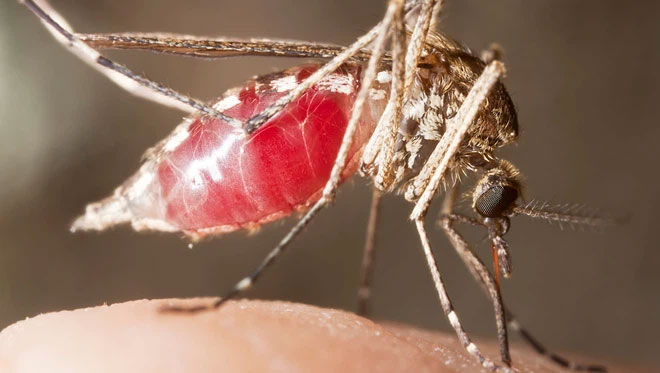
This insect is also notoriously difficult to control.
“The more we understand how this mosquito perceives humans, the more we can control them through environmentally friendly methods,” scientists said. They do not actually want to eradicate this mosquito, but “it is important that we avoid their bites,” Dr. Thakre said.
Releasing genetically modified mosquitoes so that they cannot see humans anymore is now considered a better solution than using sterile Aedes mosquitoes.








































